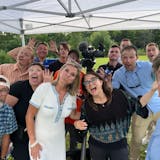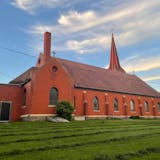The coldest part of winter has passed, but we have a while before the buds on most trees and shrubs start popping. Though it might seem like a dull time of year, it's one of the busiest if you do your own pruning. Late winter and very early spring are the best times to prune most trees and shrubs. But before you start whacking, there are some things that you should know.
Essential equipment
Anyone with pruning aspirations needs a pair of bypass pruners. This kind of pruner has two blades that slide by each other, just like a pair of scissors. (Anvil pruners, in which one blade cuts onto a flat surface, aren't recommended for pruning because they can crush the bark.) In addition to pruners, you'll need a good pruning saw to remove larger branches.
It's wise to sterilize your equipment with rubbing alcohol after pruning each tree or shrub, to prevent transmitting any diseases from plant to plant. Bleach, which was once widely used in pruning, is no longer the sterilizer of choice because it can be poisonous to plants.
Which plants to prune
Almost all trees and shrubs can be pruned during the late winter and early spring. But don't wait until the buds start to open. Pruning becomes risky then because the weather will be warmer, which means there will be more plant diseases present that can infect a fresh wound.
If you prune spring-blooming shrubs (such as forsythia and lilacs) at this time of year, you will remove some flower buds, making for a less showy appearance later in the season. But I'd rather have a shrub with fewer flowers than one more likely to be infected with a disease.
Pruning large trees is a job best left to a professional arborist. (To find a certified arborist, go to www.isa-msa.org/.) It can be downright dangerous to climb around with pruners and a saw. So if you're tempted to get out a ladder, get out a phone book and call a pro instead.



